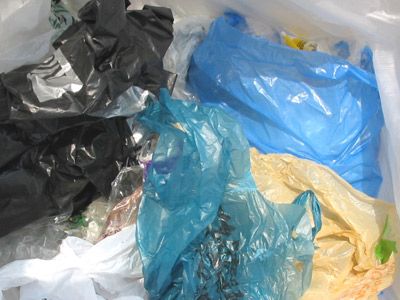When battery manufacturers started mass producing rechargeable versions of the once exclusively disposable power sources, it was hailed as a green achievement. And while the ability to recharge is a huge improvement over just throwing out all those handy AAs (which most people still do), the charging process isn't particularly green, since most chargers have to plug in to a wall outlet. Recharging all those green batteries uses dirty grid power.
A recent invention, just a concept right now, turns recharging into a clean-power operation.Febot(no word on what the name means), designed by Ji-yun Kim, Soon-young Yang and Hwan-ju Jeon of South Korea, uses wind power to rejuice AA batteries.
Advertisement
Wind is becoming an increasingly common method of generating cleaner energy. The United States expanded its wind-power capacity by 50 percent in 2008, and global capacity jumped by nearly 30 percent [source:Davidson]. Wind has significant benefits as an "alternative" energy source. It's typically more efficient than solar, and it doesn't require huge tracts of cropland like ethanol.
A wind turbine does with wind what a hydro turbine does with water: It converts the energy of motion in wind into electrical energy we can use to power our home appliances and gadgets.
The Febot wind-powered recharger uses the same basic power-generating method as those massive turbines in grid-connected wind farms. It simply shrinks the machinery -- considerably. It's a slim, torpedo-looking gadget, about 5 inches (13 centimeters) long, with a propeller that captures wind energy. Inside the body of the device, a AA battery then captures the electricity generated by the turbine's mechanics.
In this article, we'll find out how the Febot wind-powered battery charger works, how it's operated, and what pros and cons it brings to the table. We'll begin with a look inside.
Advertisement




